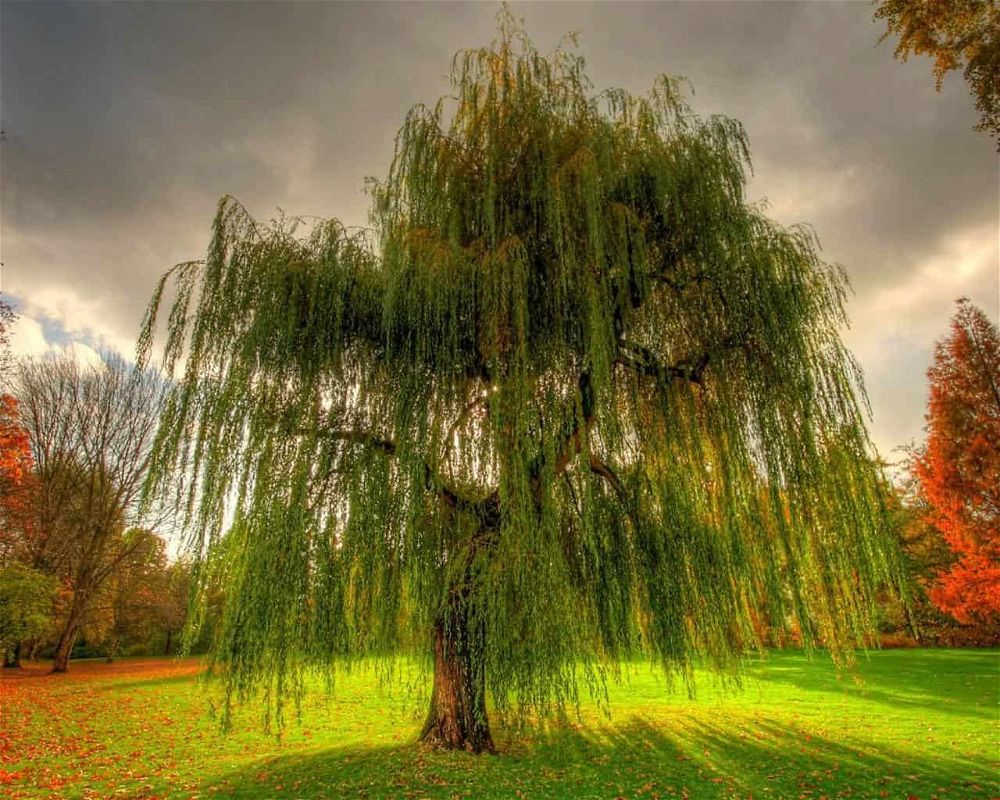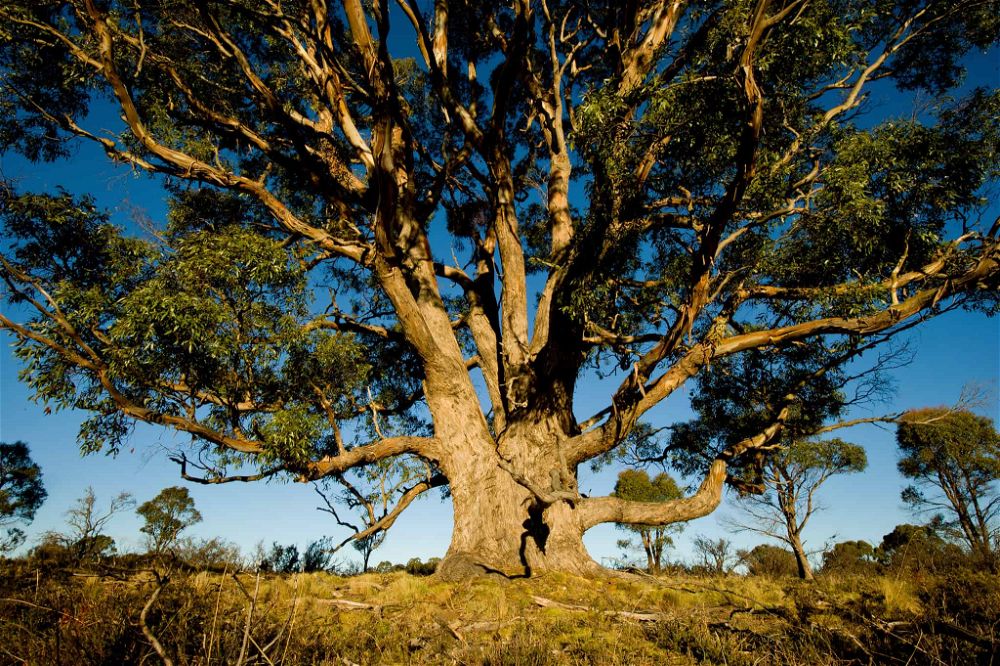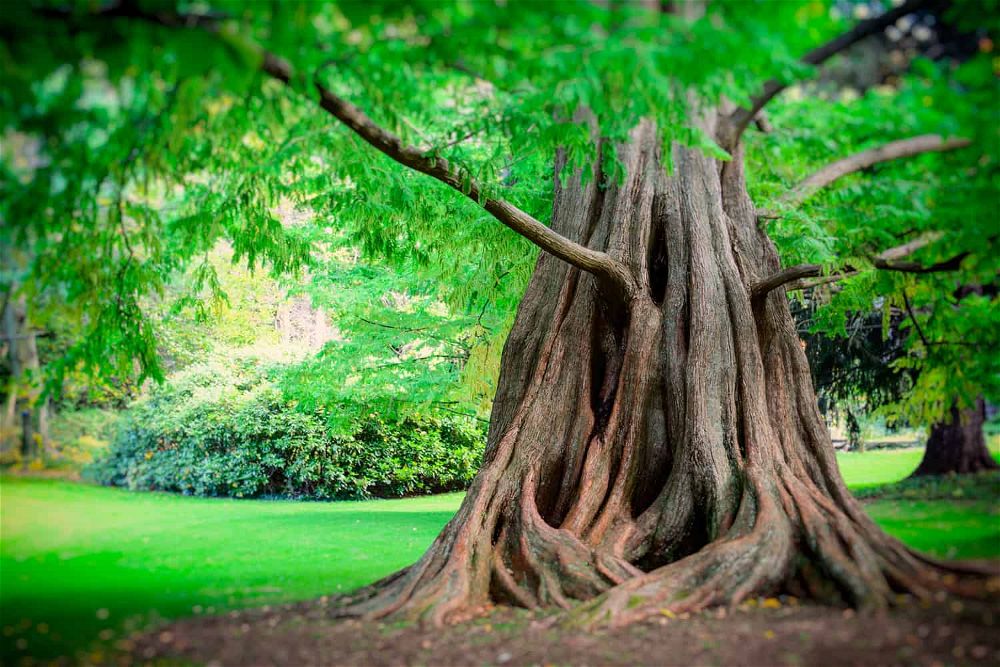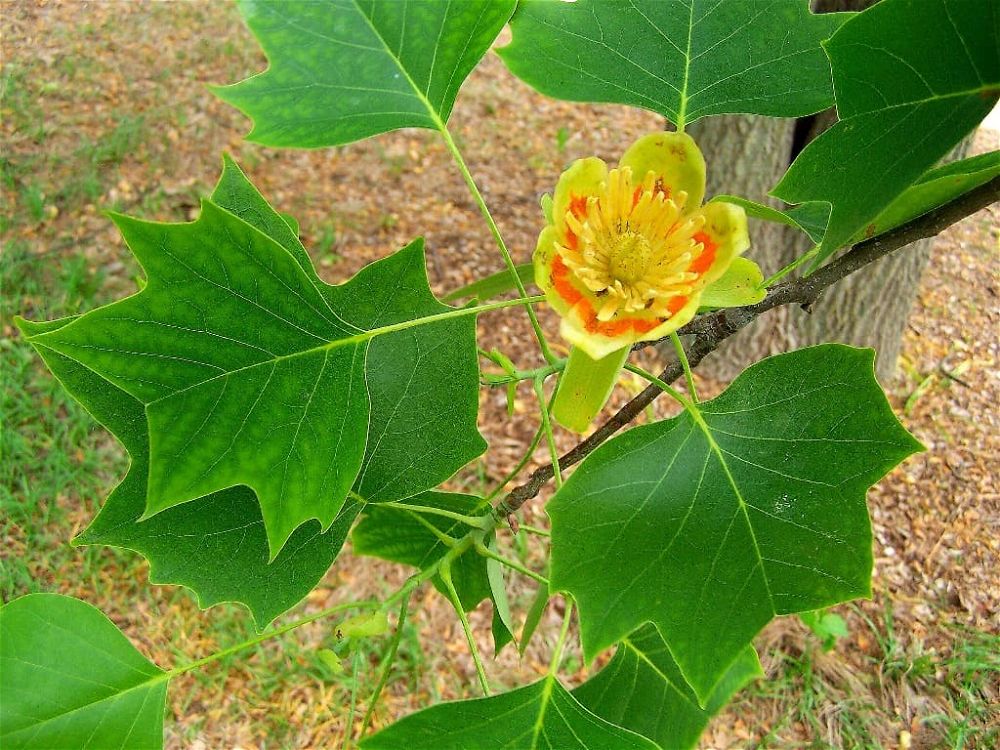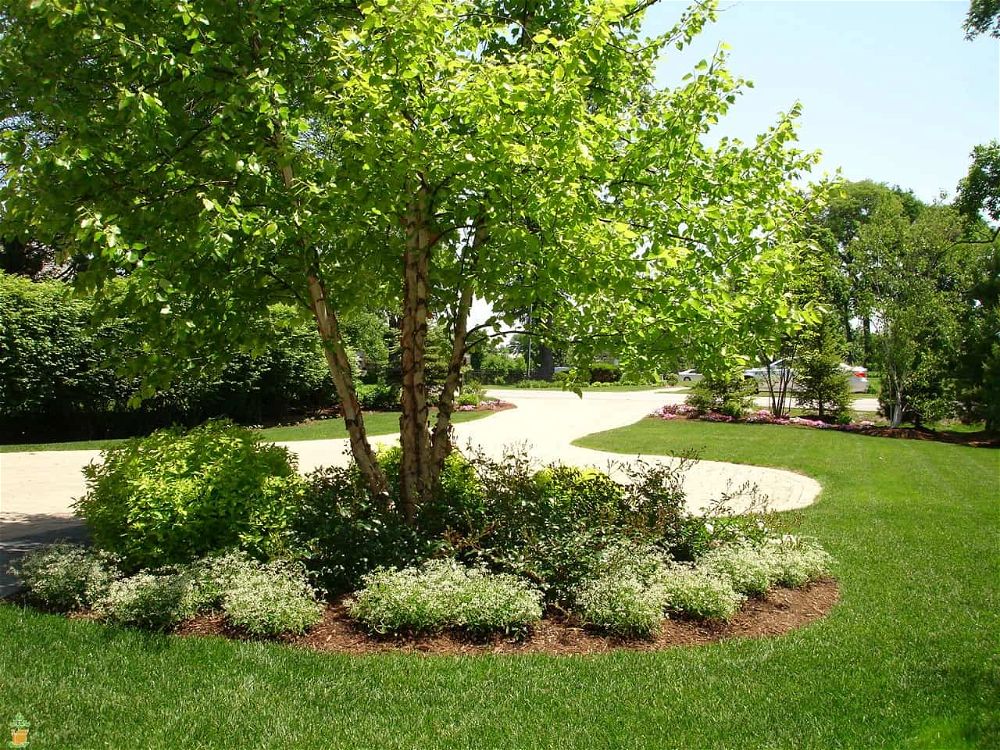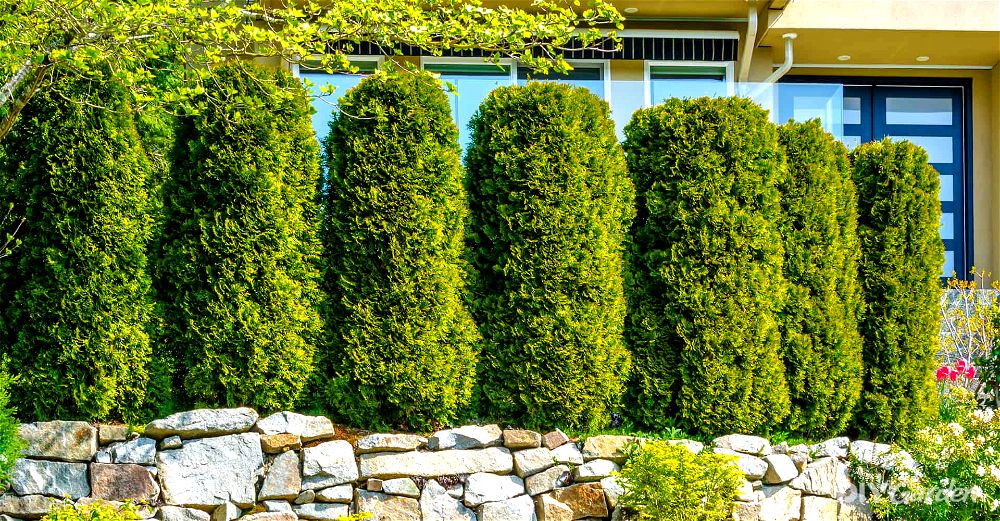
Tall, verdant branches swishing gently in the summer breeze. What better way to spend a lazy Saturday than relaxing in the shade of your favourite tree with a cocktail and a good book?
Versatile and multi-faceted, the rustic charm and vibrancy of a tree will breathe life into any space, as well as offer privacy and security.
A good, sturdy tree is an asset to any garden and will benefit your haven in many ways, from providing a shady restful nook to cleansing the air of pollutants and attracting colourful birds and insects.
A strategically planted row of trees will form a screen to shield your house from the outside world, creating an idyllically secluded sanctuary for you to enjoy. Trees can also be used to create a polished, landscaped feel in your garden and blend the harsh lines around the exterior of your house.
As wonderful as trees are, they do have their drawbacks. Saplings can often take many years to reach maturity, and sitting around waiting for them to grow isn’t the most exciting pastime. Trees don’t give the instant gratification that vibrant bedding and box plants give.
A good tree is well worth the wait, and will reward you with generations of loyal service, but if you find your patience wearing thin, here are some fast-growing species that will put you on your way to a leafy retreat quicker than you might think.
Fast Growing Trees to Keep Your Garden Private
1. Weeping Willow
Weeping Willow wins the race when it comes to trees. In optimal conditions, this speedy sapling has the potential to shoot up at an astonishing rate of 6 to 8 feet per year, although a growth of 2-3 feet is a more typical average. Known for its graceful stature, the intertwined branches and sweeping leaves of a willow will give your garden a wistfully romantic feel. At maturity, weeping willows can grow to an impressive height of 40 feet and span 35 feet in width. Foliage appears as early as February, and the species bears yellow flowers which blossom in April and May. Care must be taken when planting a weeping willow as the roots spread widely and can cause subsidence in nearby buildings.
2. Eucalyptus
Native to Australia, New Zealand and Tasmania, the rapid growth of the eucalyptus tree is attributed to a survival mechanism which protects young saplings against koalas and other tree munching animals. Free from these indigenous threats in the UK, eucalyptus grows swiftly to maturity. In ideal conditions, larger species will climb 6-8 feet yearly, although some species are slower to expand. Left untrimmed, eucalyptus can be expected to grow to over 65 feet in height. As a fast growing evergreen tree, eucalyptus is terrific at giving a year-round burst of lush green to your garden. Again, the root spread of eucalyptus can damage nearby buildings so it is advisable to research carefully before planting.
Image source
3. Dawn Redwood
You’d be forgiven for mistaking the dawn redwood species as an evergreen, when it is in fact one of the few deciduous conifers. This hardy specimen can tolerate most soil and weather conditions, and doesn’t require much to flourish except some wide-open space. Growing at a rate of 2 feet per year, this giant has been known to reach a height of 100 feet tall and 25 feet wide when mature. The redwood species dates back as far as the prehistoric era but surprisingly, the dawn redwood was known only as a fossil and was believed to be extinct until it was discovered in a remote Chinese province in the 1940’s. After its discovery, it was widely distributed and is now one of the most popular conifers across the world.
Image source
4. Tulip Poplar
Tulip poplars are stunning showpieces that will dazzle all the way from spring through to autumn. Boasting a vibrant yellow and green flower that blossoms in spring, tulip poplars offer some much-needed leafy shade during the scorching summer months before exploding into a crescendo of fluttering golden yellow leaves in autumn. Deliciously fragrant, this tree will attract an eclectic selection of flora and fauna to your garden. Rapid growing and hardy, poplars gain an average of 3-4 feet per year in their youth. In England, tulip poplars have reached dizzying heights of 100ft tall. However, it should be noted that the magnificent blossoms only bloom on mature specimens.
Image source
5. River Birch
River birch is a tough, durable species. It owes its popularity to its inherent stamina and ability to withstand all manner of soils and weather conditions. Because of this, river birch can be seen braving it out in tree pits across London boroughs in the height of summer. The average annual growth is 3-4 feet and at maturity, this giant stands at an imposing 90 feet, so you’ll need an expanse of garden to accommodate it. As robust as it is, one thing that the river birch needs is water, and plenty of it. During its first few years, it may require as much as 20 gallons per week, although this amount reduces as the tree matures. Better invest in a supersized watering can then!
Image source
6. Italian Cypress
This towering aromatic evergreen works well as a privacy screen or property divider. Architects have also been known to use them to soften exterior corners and edges of houses to blend them better with the surrounding landscape. Unlike most evergreens, Italian cypress do not grow in a pyramidal shape, instead shooting straight up in a narrow columnar style. Resilient to drought and inclement weather, the only attention they require is pruning, and even that is as effortless as snipping the tree straight across the top at the desired height. Italian cypress trees grow 2-3 feet annually and at maturity they grow as high as 40 feet.
Image source
7. American Red Maple ‘October Glory’
Not for the faint hearted! October glory certainly lives up to its name, producing intense orange and fiery red leaves in autumn. Beginning as a pyramidal tree, the red maple extends into a more irregular rounded shape as it matures. It holds on to its leaves until late autumn, meaning you get to enjoy an extended colour show before the bleak winter sets in. October glory grows 3-5 feet yearly, with fully mature specimens standing 50 feet high and 35 feet wide.
Tree Growing & Maintenance Advice
Proper maintenance and care will ensure that your tree grows at the optimal speed. Follow the correct procedures and use a good fertilizer when planting. Although not strictly necessary in most cases, watering your tree during dry spells will keep it on the fast track to elevated heights. Remember to always adhere to the guidelines regarding planting distances from buildings to guarantee the structural integrity of your house. Happy gardening!
